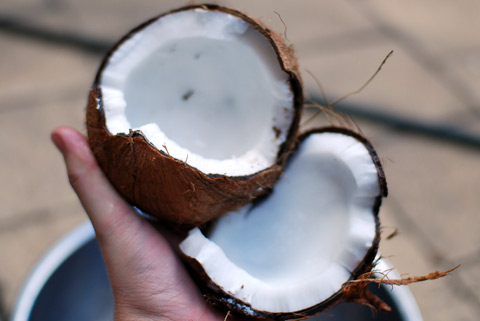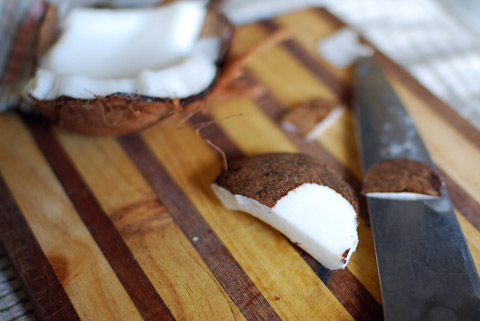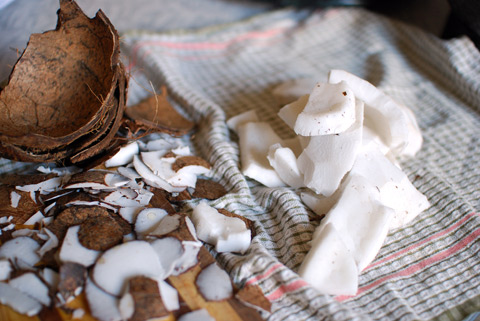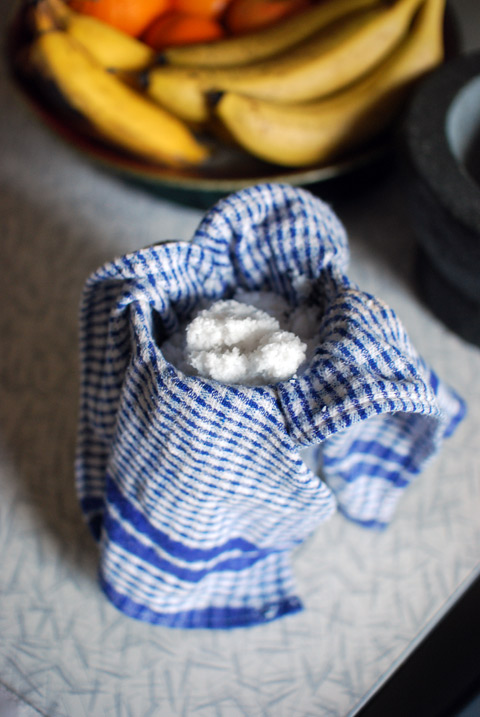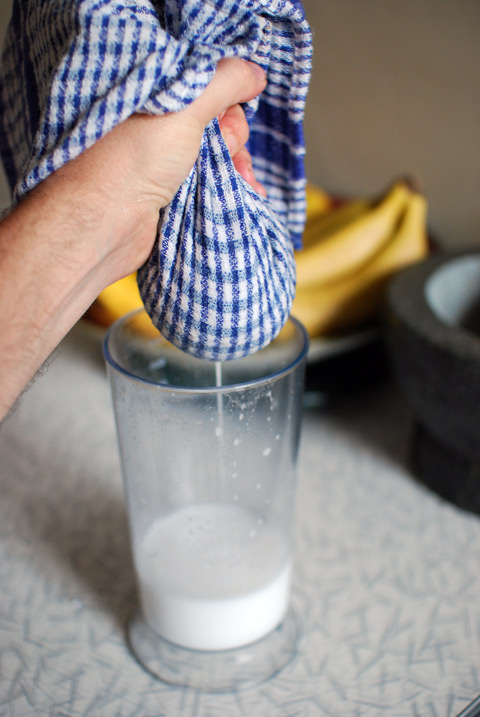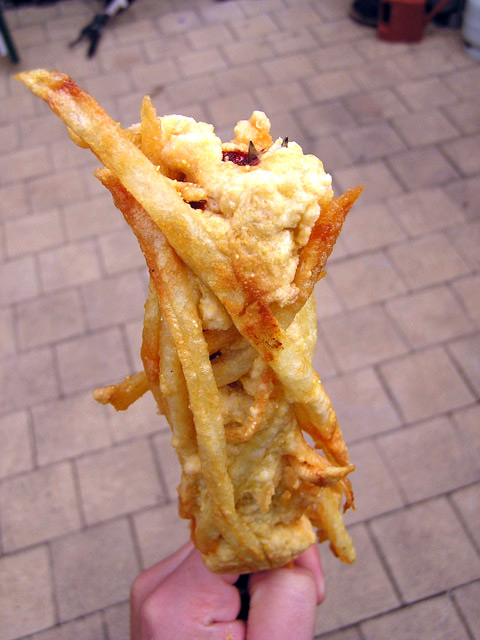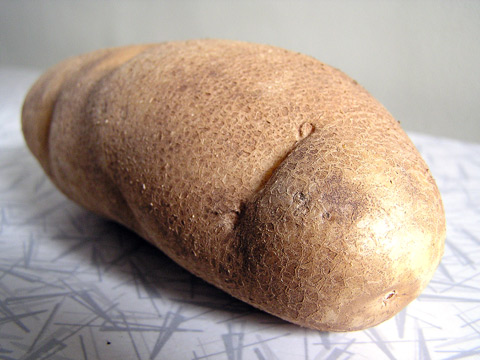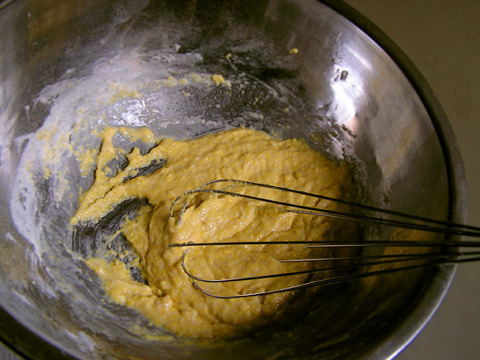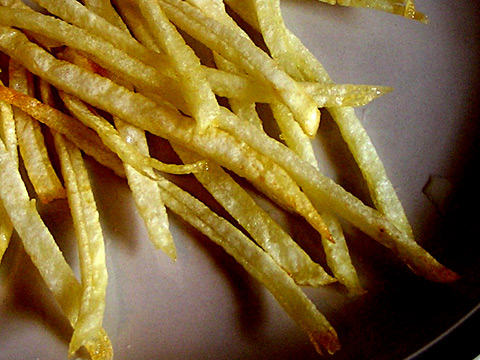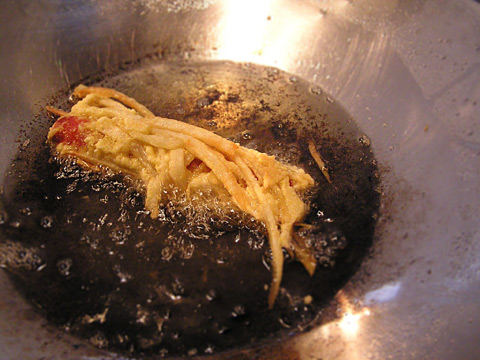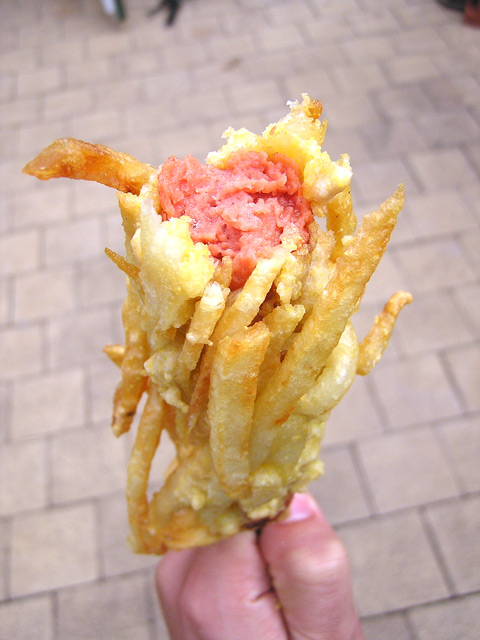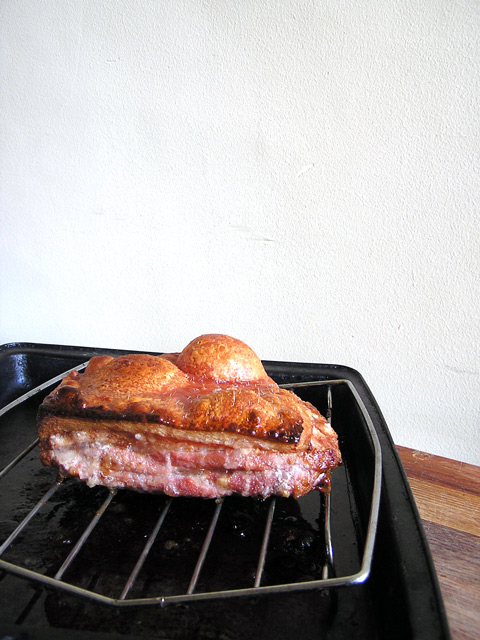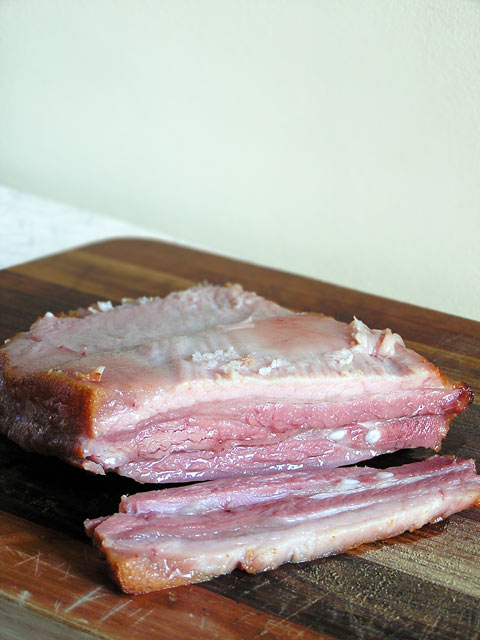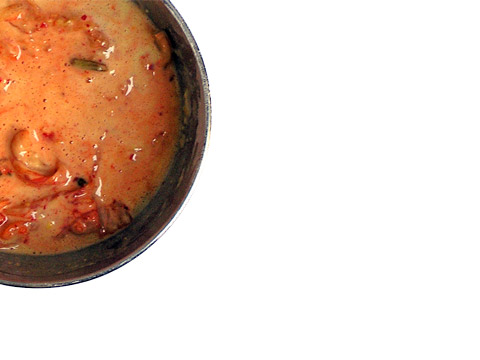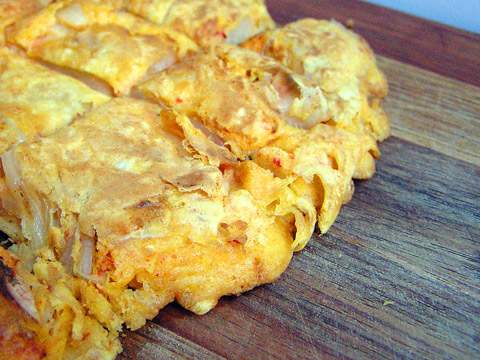
Once you’ve seen how sausages are made, you’ll want to eat nothing but sausages. This was my first impression of home sausage making; my second was that making sausages is possibly my true calling and that my university loan debts could have been better spent on a meat mincer and practicing the barbecuing arts rather than on undergraduate degrees.
I started with a setup familiar to all new converts to the testaments of sausage making: a copy of Michael Ruhlman and Brian Polcyn’s Charcuterie and George Foreman’s Lean Mean Meat Mincing Machine. That George Foreman lends his moniker to an electric meat mincer is no great surprise to me. I discovered years ago that Foreman had made not less than nine billion American dollars from selling a multitude of appliances in no way limited to the indoor grill. The hypocrisy of adding the word “Lean” to a product that should be pumping out sausages that should be about 25% fat is not lost in me.
If you’re looking to lose weight, eating pork fat stuffed into a tube is not your best option. I’m sure that George would argue that his Lean Mean Meat Mincing Machine means that the home sausage fancier could control the fat content in their sausages just like he himself took control of his 1971 battle with Joe Frazier in Kingston, Jamaica, but I’d rather be eating richer, fattier sausages in moderation than the fat-free simulacra of a sausage. Fat is vital for human survival, just like the footwork Foreman displayed in his 1987 fight with Steve Zouski.
My first batch was perfect. I followed Ruhlman’s basic garlic sausage recipe and added a tablespoon of roughly crushed cumin seeds, chilli flakes, Kampot pepper, then lowered the salt content. The Lean Mean Meat Mincing Machine shudders away. I achieved the “primary bind” that Ruhlman mentions; once ground, the meat turns sticky as the protein breaks down. The casein skin burst only once while stuffing.

I grilled the sausages over charcoal as slowly as possible. I ate them with friends in absolute stunned silence.
I’ve begun eyeing off the greying cut-price meats in the supermarket refrigerators with a single question in mind: will it mince? What else can I stuff? What memories of sausages past can I recapture? How much of my life has been wasted not making my own sausages?
If there is one thing you can expect from this blog in the coming years, it is more sausage.
My basic garlic, cumin and pepper sausage recipe
(based on Michael Ruhlman and Brian Polcyn’s “Fresh Sausage Master Recipe: Fresh Garlic Sausage”)
Yields: about two and a half kilograms of sausages.
The original Ruhlman/Polcyn recipe calls for 3 tablespoons of salt. I ground in two tablespoons of this and fried up a patty of the mince to test the flavour before stuffing the casings. For me, it was salty enough but add more or less to your taste. Real intestine casings are tough to find in Australia. I went with casein.
Ingredients:
1 tablespoon of cumin seeds, coarsely ground
1 teaspoon of dried chilli flakes
1 tablespoon of Kampot pepper (or the best quality black pepper you can get), coarsely ground.
2 tablespoons of the cheapest salt available*.
3 tablespoons of minced garlic
2 cups of white wine
2.5 kilograms of fatty pork meat (approx 25% fat. I used 2 kilos of shoulder to 0.5 kilo of belly)
Method:
Pound the cumin, pepper and chilli flakes in a mortar and pestle until most of the cumin seeds are broken. Finely chop the garlic. Chop the meat into pieces small enough to fit into your mincer. Mix meat, spices and salt together in a bowl and refrigerate for at least two hours.
Soak casein casings in one cup of white wine.
Mince all ingredients into a bowl set in ice, on the fine (0.25cm) grade. Add one cup of wine and mix the mince until it becomes sticky. Fry up a patty of meat to test flavouring, then adjust anything to taste.
Change mincer to stuffer attachments. Thread about a metre of casings over attachment and tie the end in a knot. Pour mince into mincer and stuff away!
Section the giant sausage into odd lengths by twisting the casings – it is much easier to make one metre-long sausage and do this at the end of the process rather than juggling the sausage and the mincer. Charcuterie has a twee picture of measuring a sausage with a ruler as to ensure uniform size; my approach is less anal but equally obscene. Cook over a fire, as slowly as you can bear.
For a much more pictorial recipe, buy Ruhlman and Polcyn’s Charcuterie: The Craft of Salting, Smoking, and Curing .
.
* – Expensive salt makes no difference when dissolved in food, especially in sausages such as these which are packed with other aromatic components. Jeffrey Steingarten tests this out in It Must Have Been Something I Ate.


